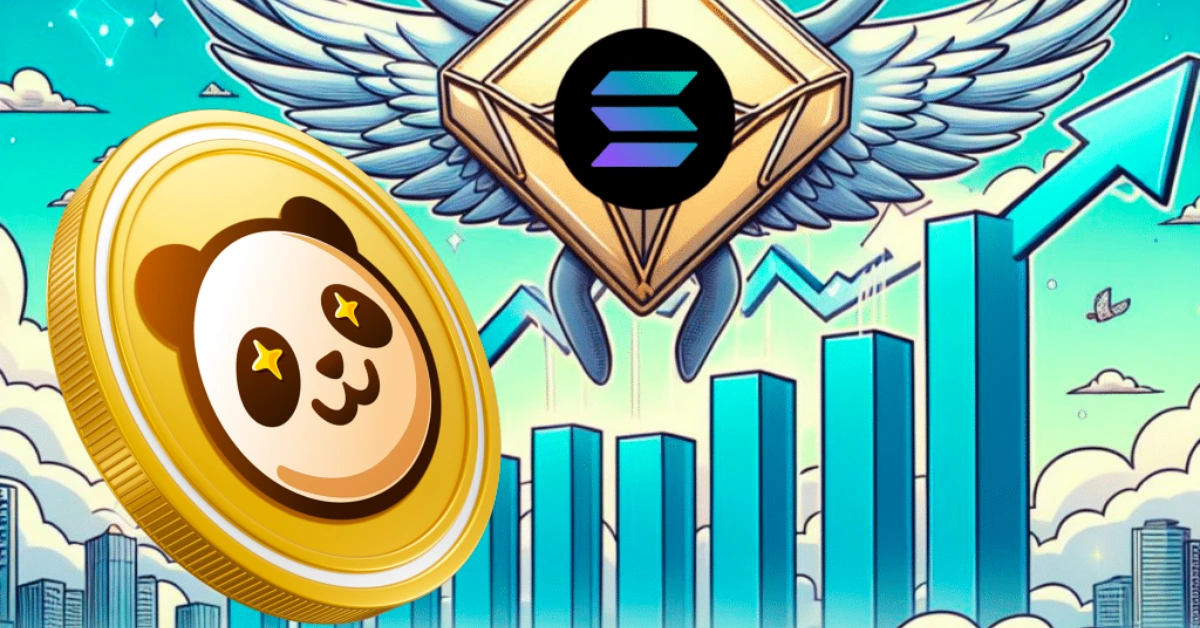Cryptocurrencies have seen tremendous growth over the past few years. While Bitcoin and Ethereum dominate the headlines as the first cryptocurrencies, alternative coins (altcoins) can also offer impressive returns. One such example is Solana (SOL), which has surged more than 2,700% over the past three years. However, Pandoshi (PAMBO), a new sub-$1 cryptocurrency, aims to offer even better returns.
Introduction to Pandosi
Pandoshi aims to promote decentralization, privacy, and financial freedom. Pandoshi is community driven. In other words, the community controls decisions about the ecosystem. The goal is to build integrated decentralized products such as blockchain, decentralized exchange (DEX), wallet, etc. Key features include:
- panda chain: A fast and inexpensive proof-of-stake blockchain optimized for the Pandosi ecosystem. Supports features such as smart contracts, NFTs, and private transactions.
- PandoshiSwap: A decentralized exchange and liquidity pool where users can trade tokens. DEX burns PAMBO tokens with each transaction, causing deflation.
- Pandoshi Wallet: A non-custodial cryptocurrency wallet that gives users complete control over their funds. The wallet was recently launched on Android, with an iOS version expected in the coming weeks.
Comparison of Pandosi and Solana
Solana is a layer 1 blockchain focused on scalability and fast transactions. The main difference between Solana and Pandoshi lies in the current state of the project. Solana launched its mainnet in 2020 and has an active DApp ecosystem. Pandosi is preparing to launch its mainnet in 2024. However, Pandosi has greater upside potential.
Solana processes up to 50,000 transactions per second (TPS). Surprisingly, it competes with major payment processors like Visa. However, Solana may experience periodic outages due to blockchain congestion. Pandoshi’s PandaChain offers faster speeds and better scalability than Solana while avoiding outage issues.
The maximum supply of Solana’s native token, SOL, is fixed at 511 million. Pandoshi takes a different approach, with a current circulating supply of 2 billion PAMBO. However, continuous token burning causes PAMBO to become deflationary. Pandoshi plans to burn tokens through DEX, cryptocurrency card payments, and other methods until 80% of tokens are removed from circulation. This mechanism could make PAMBO more valuable in the long run.
Solana primarily focuses on decentralized finance and NFTs. Pandoshi broadens its horizons by targeting a mainstream audience. Products such as payment cards, education platforms, and metaverse integrations aim to make Pandoshi accessible to the general public.
Higher growth potential from the earliest stages
As an early-stage project, Pandoshi offers more room for explosive growth. Solana already has a market capitalization of $42 billion at a price of $100 per coin. Meanwhile, PAMBO has a pre-sale cost of only $0.01 and is poised to achieve significant appreciation in value if the ecosystem develops as planned. Exchange listings and real-world usage of products like DEX and blockchain could quickly push Pandoshi’s market capitalization past $100 million.
In the long term, PAMBO’s deflationary nature provides optimism that the token could reach a market capitalization comparable to Solana’s current multibillion-dollar valuation. This could represent a return of over 500 times the current pre-sale rate.
conclusion
Early cryptocurrencies such as Bitcoin pioneered the blockchain environment. Innovative projects like Solana are pushing the technology further with incredibly fast and scalable blockchains. Now, Pandoshi aims to bring decentralized finance into the mainstream and make cryptocurrencies accessible to everyone.
Click here to participate in the Pandoshi pre-sale
For more information about Pandoshi (PAMBO), please visit the link below.
Homepage: https://pandoshi.com/
White paper: https://docs.pandoshi.com/

